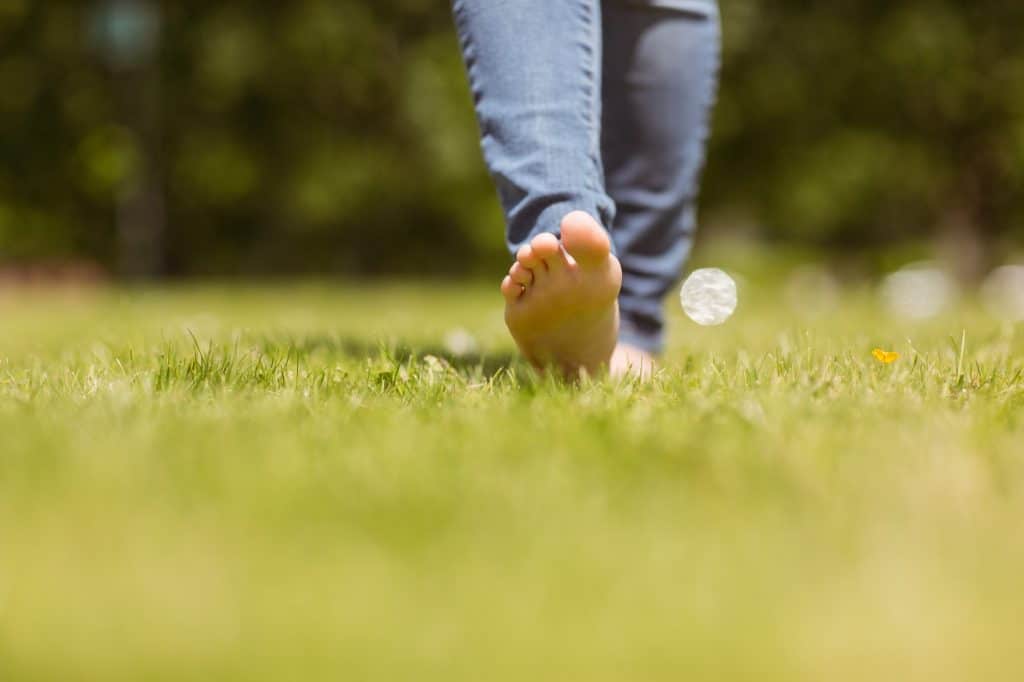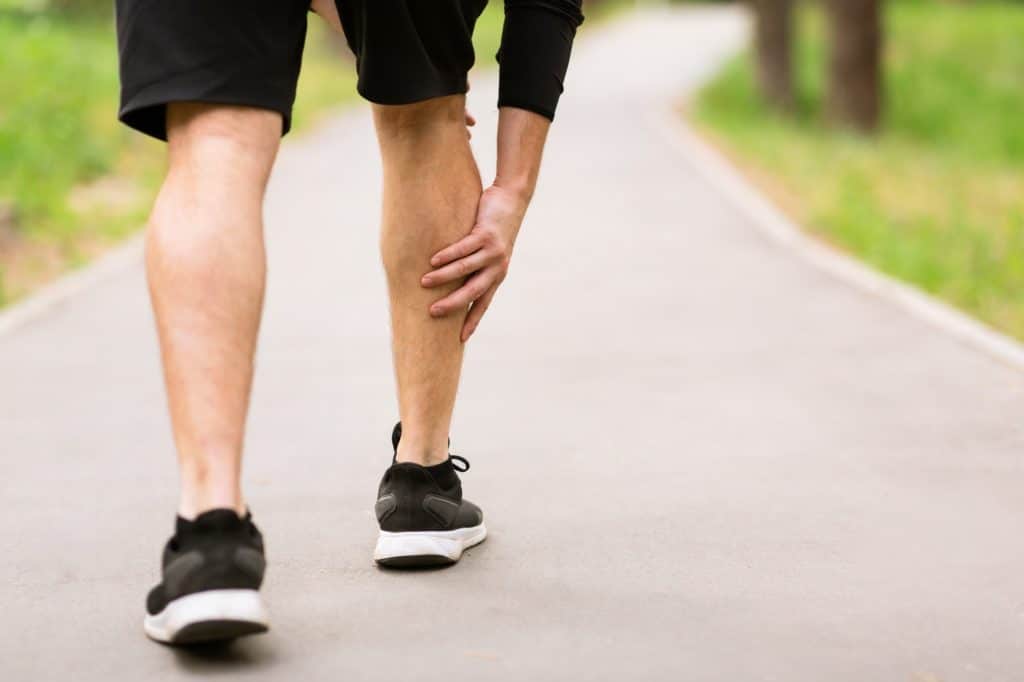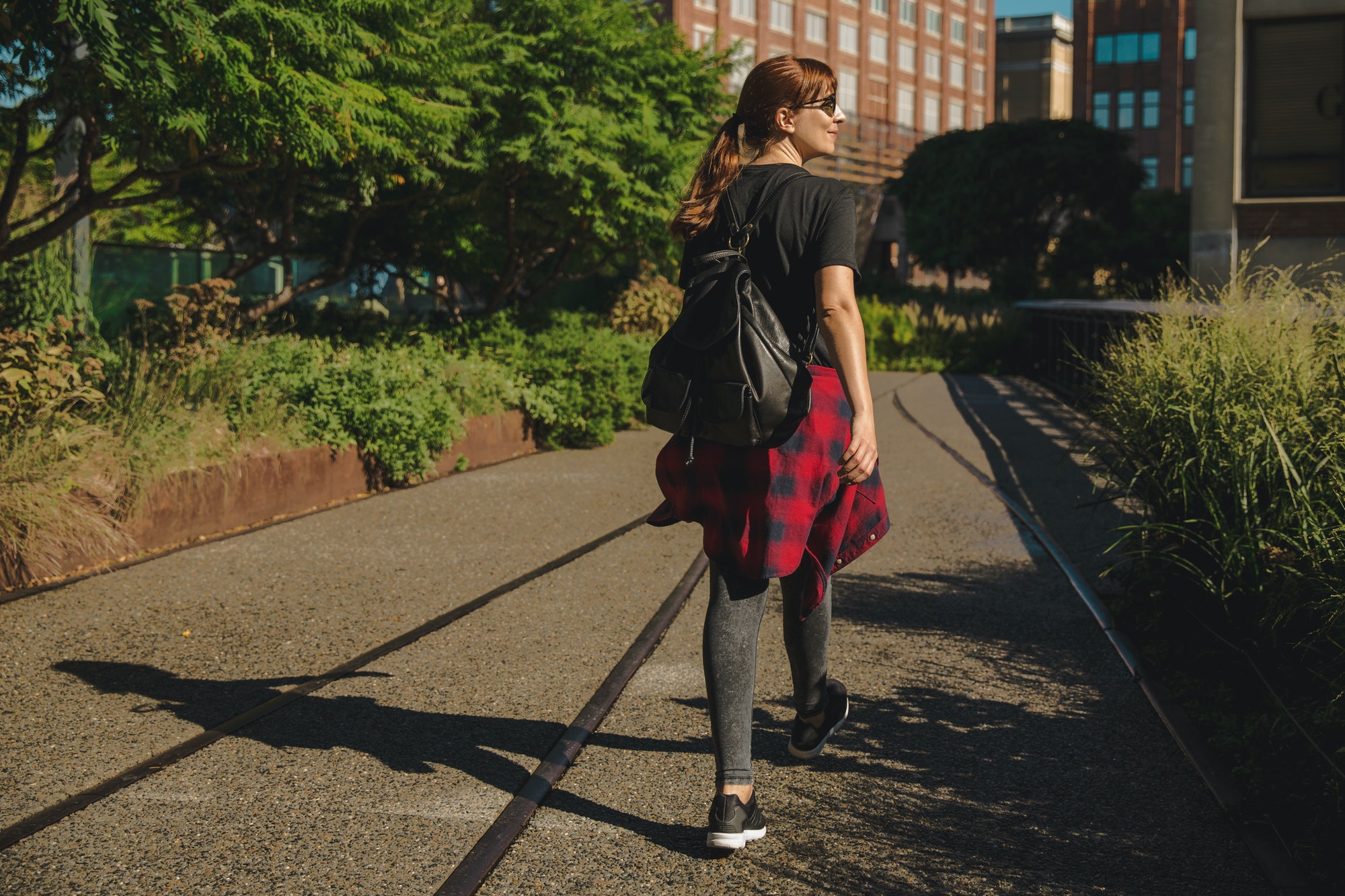By now you might have heard about the high level of controversy surrounding minimalist shoes, and you might have come to the conclusion that running in them can have major downsides—unless you adjust to them properly and are already an expert runner. However, you might be wondering if they are fine for lower-impact activities such as walking.
Minimalist shoes are good for walking as they increase foot stability, strength and stiffness over time. They are light weight and comfortable, which will help you walk longer without agony.
In this article, we will discuss the benefits and disadvantages of minimalist shoes, whether or not they are similar to walking barefoot, the technique for walking in them correctly and how you can tell if they are right for you.
How to Define Minimalist Shoes
Minimalist shoes are defined as lightweight, and they have no elevation in the heel. They also have an extra flexible and thin sole. In essence, minimalist shoes encourage your foot to function as it would if it were bare. Minimalist shoes do not have the level of arch support or the restrictive toe box that normal running shoes have.
One of the most important aspects of minimalist shoes is the room they provide for your toes to spread out as you walk. If your toes cannot splay fully, especially while doing activities such as walking, the risk of hammer toes, bunions, plantar fasciosis and even osteoarthritis increases greatly. Contrary to the design of many popular running shoes, the widest part of your shoe should be at the ends of your toes.
Related: How Running Shoes Make a Big Difference in Your Runs
Pros and Cons of Minimalist Shoes
Related: Best Running Shoes for High Arches
Minimalist shoes encourage your feet to become stronger—shoes that are more supportive can play a role in weak foot muscles by inhibiting the muscles’ participation in the primary movements of walking, such as controlling motion and absorbing the force. Typical tennis shoes provide a cushion that keeps your feet from working as hard as they would have to if you did not have shoes on.
This might seem like a positive aspect of wearing supportive shoes, but it could cause your feet to be more prone to injuries. People who are usually barefoot or walk in minimalist shoes typically have more stiffness in their feet, which prevents pain and gait impairment. Proper stiffness in your longitudinal arch enables your foot to serve as a lever when you are walking.
A study published in an issue of Scientific Reports found that people who primarily walk in minimalist shoes have stronger and stiffer feet than people who usually do the same activity in typical shoes.
For the experiment, 75 men in a developing nation with minimal shoes were compared to 26 men in the U.S. wearing traditional shoes. The participants’ foot stiffness during walking and their intrinsic foot muscles were recorded through kinetic data and an ultrasound.
The results of the study showed that traditional shoes are connected to weaker intrinsic muscles in the foot and can lead to a reduction in stiffness of the longitudinal arch and even a flat foot condition.
However, feet can also be strengthened through increased stimulus or exercise. In fact, a study published in Medicine and Science in Sports and Exercise found that walking in minimalist shoes produced the same increase in foot muscle strength and size as doing foot strengthening exercises.
In the study, 57 runners were divided into three groups and observed for eight weeks. One group wore minimalist shoes for walking, one group was assigned foot strengthening exercises five days a week and one group was the control group.
Walking in minimalist shoes encourages your feet to strike with your midfoot or forefoot first, leading to a gentler impact and less jarring force, such as that caused by striking on your heel from the design of a conventional running shoe.
However, in the process of protecting your knees and hips, minimalist shoes might increase the risk of injuries for your feet and lower legs, as the impact is targeted at a different area when you strike with your forefoot or midfoot. Also, if you typically walk in areas where the roads are unpaved or not well-maintained, minimalist shoes offer less protection against jagged rocks or debris such as glass on the road.
Related: How does shoe drop affect running?
Barefoot Walking vs. Walking in Minimalist Shoes

Since minimalist shoes were created to mimic walking barefoot, you might be wondering if they are interchangeable. However, a study published this year showed that walking with minimalist shoes improved the gaits of the participants more than walking barefoot. In fact, especially for older adults, minimalist shoes improved stability and balance.
The study involved 31 younger adults and 33 older adults walking for five minutes on a flat surface, first barefoot and then with minimalist shoes. Their stride length, stride time and gait stability were all observed.
Thus, for certain groups of people, wearing minimalist shoes might even be better than walking barefoot. For a quick comparison of the advantages and disadvantages of bare feet, conventional shoes and minimalist shoes, see the table below.
| Advantages | Disadvantages | |
| Minimalist shoes | – They help toes spread fully. – They increase stability. – They can increase alignment and improve walking form. – They are lightweight. – They help strengthen your feet. – They improve the level of foot stiffness. | – They provide less protection against sharp objects. – They might increase the risk of injury to your feet and lower legs, such as the calves and Achilles tendon. – They might not have enough arch support for people with high arches or previous injuries. |
| Bare feet | – Your feet can function naturally. | – They offer no protection or support. – They possibly provide less stability for older adults. |
| Conventional shoes | – They offer a high level of protection against sharp objects and rough terrain. – They provide a good amount of arch support. | – They might reduce foot strength and stiffness. – They increase the risk of injury to your knees and hips. |
How to Walk in Minimalist Shoes
Walking correctly barefoot or in minimalist shoes might not be as simple as you think it is. When running, it is important to strike with your forefoot or midfoot first so that the impact on your knees and hips is lessened. However, this is not practical while you are walking because it forces you to awkwardly walk on the tips of your toes.
Heel striking might seem like the only option left, but that is still not the best method of walking for the health of your foot. It will cause too much pressure and eventually pain and injuries. Instead, a modified version of heel striking should be used, with the heel touching the ground first, but not receiving your full weight until your foot is flat on the ground.
Basically, this encourages your feet to act as more of a lever, as you meet the ground with your heel and then roll the rest of your foot into place before you place weight on it.
To adapt to this correct form more quickly, pretend you are walking on ice. Whenever we walk on ice, we are unconsciously touching our feet to the ground first and then placing our full weight on them once our footing is secure. If we heel strike on ice, we are landing at an angle that would make falling more likely.
You might need to practice this slowly at first, but it will soon become second nature.
Walking in Minimalist Shoes May Not Be for Everyone

Adjusting to the different areas of impact caused by walking in minimalist shoes takes some adjustment, so you should avoid wearing them all the time at first to reduce your risk of injury. Wearing them on a soft surface like a cushioned track will also help your feet adjust more painlessly.
If you have very high arches or a history of foot pain or injuries, avoiding minimalist shoes might be better for you and save you a trip to the podiatrist. To be sure that minimalist shoes will not cause problems for your feet, it might be wise to discuss the idea with your doctor before you try them—a physical therapist can even make a video of you running so that you can evaluate whether your running form will increase your likelihood of injury.
As everyone’s feet are different, it is imperative to select minimalist shoes that fit your specific feet and are comfortable for you. There are also several different kinds of minimalist shoes, so if one is not right for you, another might be. Some of the types include toe shoes and shoes that look more conventional, but have less cushioning and more flexible soles. Go to a store with a wide selection and expert employees, and try a few to see which ones, if any, are best for you.
Related: Minimalist Running Shoes & Barefoot Running Shoes | Complete Guide
A Word from Love at First Fit
Minimalist shoes are not only acceptable for walking, but they can increase the strength, stiffness and stability of your feet over time.
However, keep in mind that if you regularly walk on rough surfaces or roads that often have sharp objects such as nails, minimalist shoes will not give you as much protection as conventional shoes. If minimalist shoes are not right for you, you can periodically complete foot exercises to achieve the same level of increased strength and stability in order to make sure that you are walking safely and pain-free no matter what footwear you choose.
Related: Top 25 Best Walking Shoes for Women and Men

Austin is the author of loveatfirstfit.com and a personal trainer with extensive knowledge in nutrition. Austin is passionate about helping others to find a suitable healthy lifestyle and feel good about themselves. Austin’s goal is to help people push their limits and achieve their physical performance.


